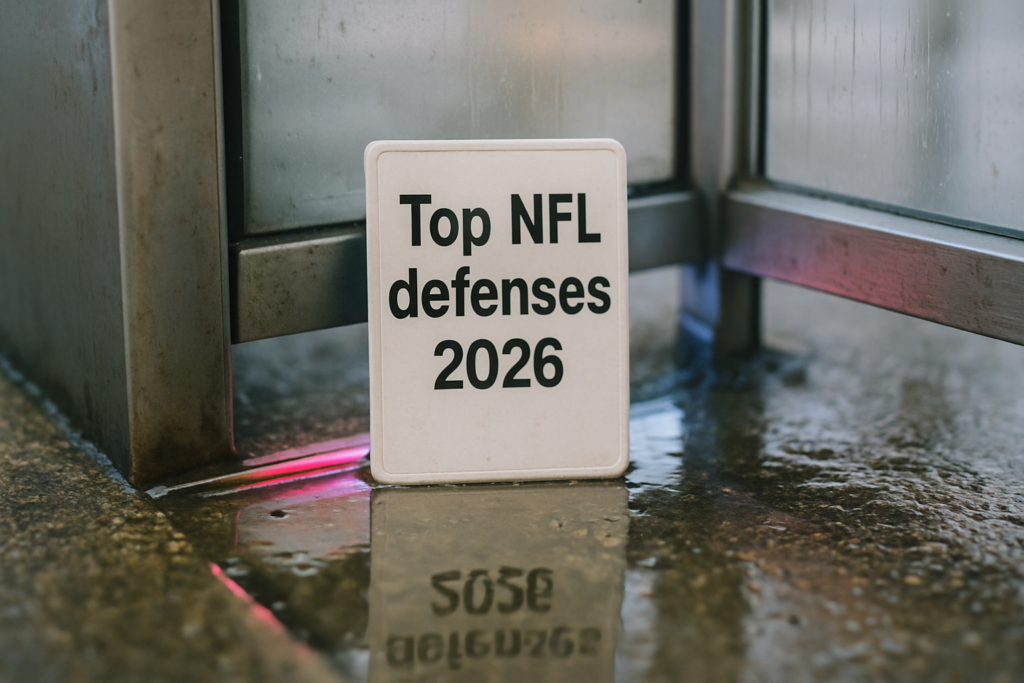Image by Peter Glaser on Unsplash
Football is a universal language understood by almost the global population, if not all. It is played by over 250 million people in more than 200 countries. It commands a TV audience of over 3 billion, by far larger than Basketball and Tennis combined. During the FIFA World Cup season, streets are empty, and even the stock markets’ performance drops during matches.
Football’s reach goes way beyond the pitch in terms of ticket sales, tourism, billion-pound television deals, and so on. From the city of Rio to the stadiums of Riyadh, it has an economic impact covering borders, sectors, and cultures. So what really keeps this business engine running?
Where the Money Comes From
Think of football’s revenue like a well-balanced squad where every player has a role. Broadcasting rights are the backbone of the modern game. The Premier League’s 2022–2025 domestic deal alone is worth £5.1 billion ($6.86 billion), and broadcasters pay because football is one of the last TV products people still insist on watching live. (£1≈ $1.34)
Sponsorships are another big scorer. From Emirates on Arsenal shirts to Etihad’s name on Manchester City’s stadium, corporate partners pump billions into the sport. And in Europe, the most common sponsors aren’t airlines or banks; they’re gambling firms. Across top leagues, betting brands account for 15% of all shirt deals, leading the pack in countries like Belgium, Greece, Portugal, and Russia. Even in England’s Championship, clubs like Burnley, Sunderland, and Watford play with betting logos on their chests.
It’s not just the local bookies either. Offshore sportsbooks, the global operators running platforms beyond domestic borders, are part of the same ecosystem, either splashing their names on kits or flooding matchdays with online promos. If you want to know who’s running hot right now, the review by Casinobeats has the best offshore movers for August 2025.
Ticket sales and matchday revenue, while no longer the top earner, still pack a punch. A sold-out Wembley will bring in millions from tickets, hospitality, and concessions in one day. Licensing and merchandise add more, from knockoff kits to official scarves and video game tie-ins. Manchester United shifts over 3 million shirts a year, proof of the power of name-on-the-back pride.
Player trading is another channel of revenue generation. Unlike most industries, football clubs buy and sell human talent for profit. Smaller clubs in Portugal or South America survive by developing and selling young stars to richer leagues.
Where the Money Goes
If football’s income sheet is impressive, its expenses are just as jaw-dropping. Player wages consume a massive share, with elite leagues seeing salaries eat up 60–80% of revenue. Cristiano Ronaldo’s move to Al Nassr, for example, nets him around $200-215 million a year.
Infrastructure spending is also enormous. Tottenham’s £1 billion ($1.34 billion) stadium isn’t just a football venue. It’s also an NFL stage, a concert arena, and a conference space. The cost of operation spans all the way from groundskeepers to travel arrangements, as football clubs function year-round. Marketing and branding costs run high. It can take tens of millions a year in campaigns, events, and fan engagement to keep supporters loyal and sponsors happy. (£1≈ $1.34)
Economic Impact
In the UK, the Premier League attracts fans from all over the world who fly in for a single match, and end up filling hotels, packing pubs, and leaving local high streets buzzing. Matchday spills far beyond the stadium gates, feeding restaurants, taxi firms, souvenir shops, and just about anyone selling something in team colours.
As part of Vision 2030, Saudi clubs have signed Ronaldo, Neymar, and Benzema, not just for the goals, but to turn fixtures into international events that draw tourists, media, and corporate partners in droves. Brazil, as it turns out, has turned talent export into an industry. Young talents move to Europe, transfer fees come back, and clubs invest in their academies to breed more upcoming stars. It is that talent hub that also attracts its own proportion of visitors of scouts, fans, and documentary crews that want to witness the birthplace of a new great story.
Football has become a global business where matches drive tourism, trade, and worldwide attention far beyond the stadium walls.
How Tech Is Changing The Game
The use of Video Assistant Referee (VAR) has cut down on blatant refereeing errors, added accountability, and given fans and players a clearer sense of justice. However, the influence of tech in the football space is much deeper than VAR.
Data analytics has taken center stage, with Liverpool being a prime example. The club uses data to recruit players who perfectly fit their system and to analyze not only the strengths and weaknesses of their club but also those of their opponents. This is a key factor in their Champions League and Premier League titles.
Fan experience upgrades now include AR stadium guides, personalized content, and interactive matchday apps.
Injury prevention has also benefited from wearables tracking player performance, cutting downtime, and extending careers. Gaming and esports have provided new territories, with PSG and Man City having esports as part of their club in order to reach their Gen Z, digital-first fans.
Risks, Shifts, and What’s Next
Football’s finances are not all smooth because wealth is concentrated in a few superclubs. This creates an uneven playing field. Debt is not uncommon and can be crippling. Giants such as Barcelona are being driven to the very brink, even while generating impressive revenues. Mistakes in governance, such as mismanaged transactions, corruption scandals, can hurt relationships with both fans and sponsors.
And yet, there is an opportunity even in the same breath. Other streaming giants such as Amazon and Apple are squeezing in on broadcasting rights, which may change the hands that dominate the global presence of the game.
The new competitive advantage is going green and having environmentally friendly kits and carbon-neutral stadiums. The next decade of football will be determined by a combination of strategy, stamina, and adaptability.





